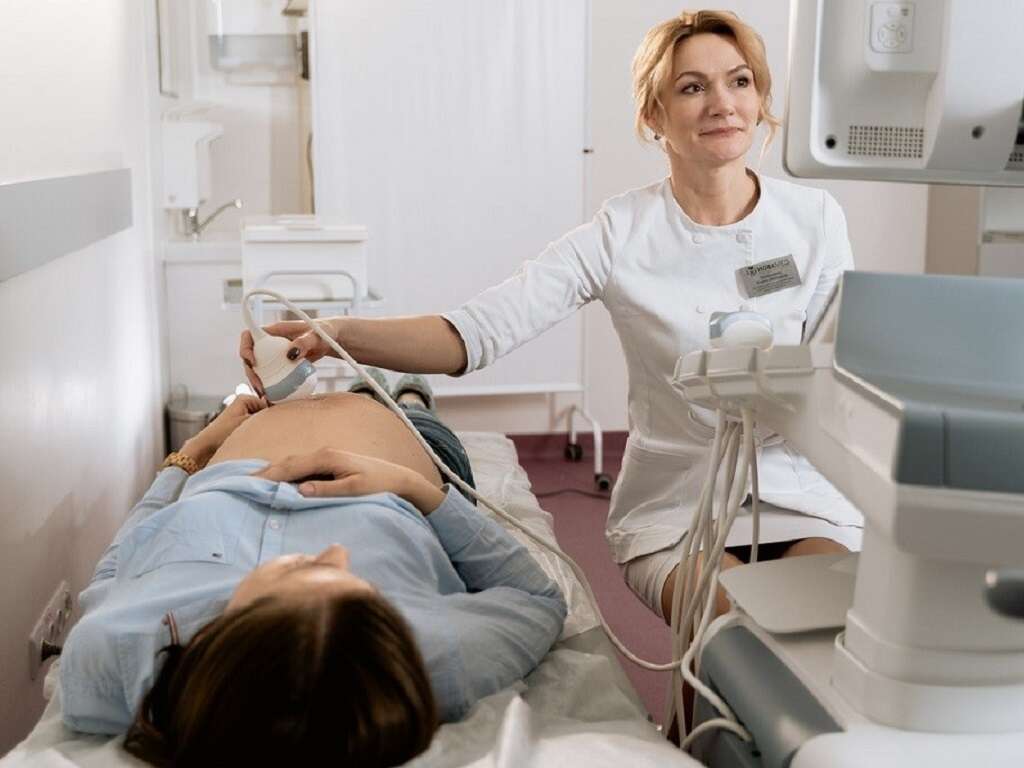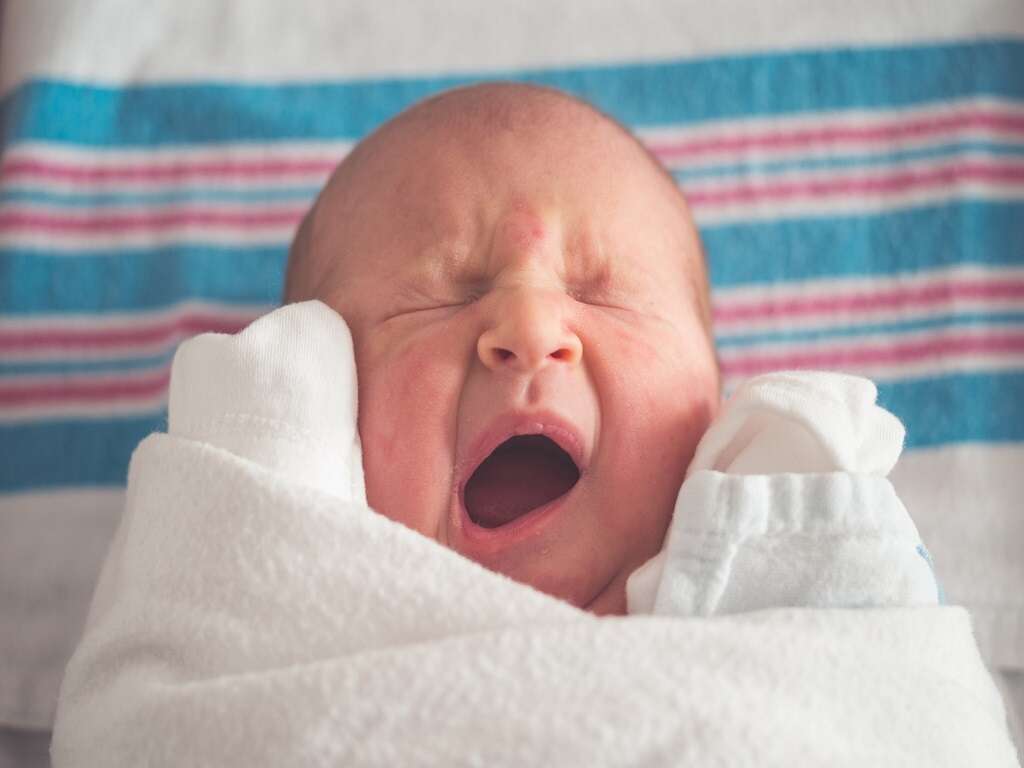10 Causes of Spina Bifida
Spina bifida is a birth defect where the affected individual has an incomplete closing of the membranes surrounding the spinal cord and the backbone. It can be divided into three types: spina bifida occulta, myelomeningocele, and meningocele. It most commonly occurs in the lower back. However, it can also occur at the neck or middle back.
Depending on the severity, there can be little to no symptoms. Signs of spina bifida include the presence of a dark spot, hairy patch, swelling, or dimple at the spine. A meningocele usually causes mild symptoms. A myelomeningocele is the most severe form and can lead to difficulty walking, hydrocephalus, latex allergy, tethered spinal cord, and issues with bladder control. Diagnosis can be made before or after a child is born. It involves amniocentesis, ultrasound, and other medical imaging options. For an open spina bifida (myelomeningocele), treatment necessitates surgery to close it. A tethered spinal cord is also surgically repaired while a hydrocephalus will require the insertion of a shunt. Other treatment includes urinary catheterization and devices to help with movement (wheelchair or crutches).
Estimates show that 15 percent of individuals have spina bifida occulta. In the United States, prevalence averages about 0.4 per 1,000 individuals while in India, 1.9 per 1,000 births.
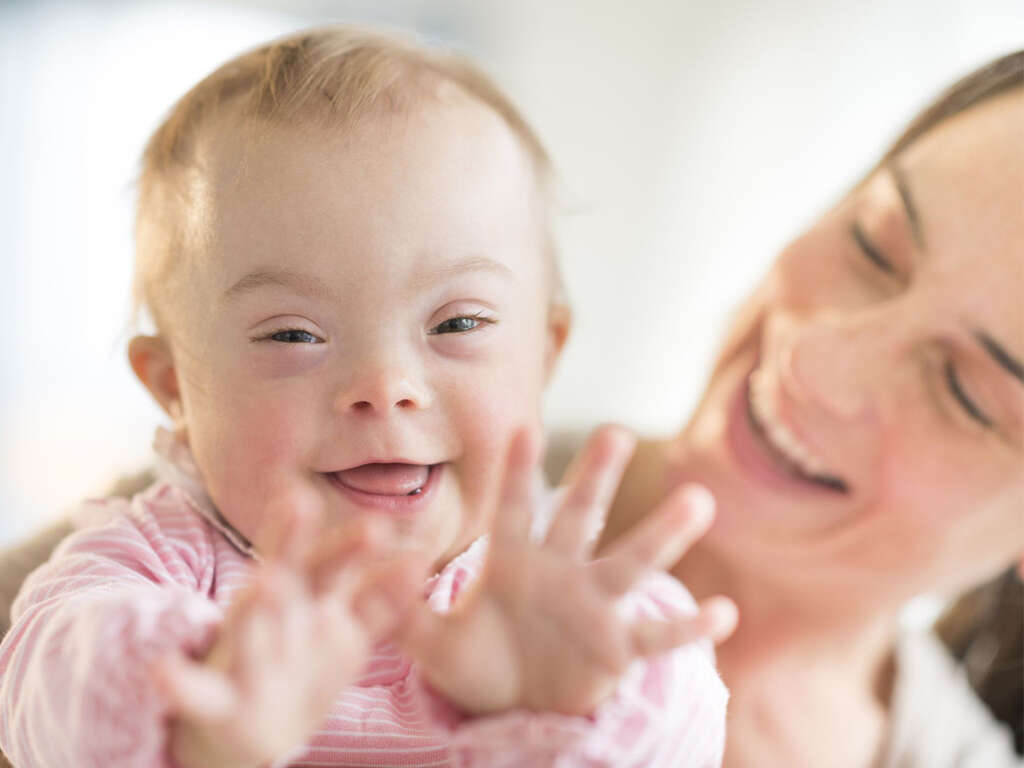
Cause #1: Family History
A family history of medical conditions is always important. It can help predict the likelihood of certain disorders and traits for the following generations. For example, a positive family history for heart diseases, high blood pressure, and cancer would increase the likelihood of an individual having the disorder.
In this case, it has been observed that a family who has a child with spina bifida has a higher risk of having another child with a neural tube defect compared to other families. The risk increases to 1 in 20 to 30 subsequent pregnancies. In a family with two children who are affected, the risk further increases to a 50 percent likelihood of having a subsequent child with spina bifida. The risk also increases if there are second- and third-degree relatives with spina bifida.

Cause #2: Folate Deficiency
Research has shown that correction of folic acid deficiency in women is an effective way for prevention of spina bifida in infants. It has been estimated that about 50 percent of neural tube defects are due to folate deficiency.
For women who are planning to conceive, the recommended intake of folic acid is 400 mcg a day (Centers for Disease Control and Prevention, CDC) or 400 mcg to 800 mcg a day (United States Preventive Services Task Force). The CDC has found that after mandatory fortification, the prevalence of folate deficiency decreased by 22.9 percent.

Cause #3: Antiseizure Medications
Antiseizure medication or anticonvulsants are a group of pharmacological agents that are used to treat epilepsy. Besides seizures, it can also be used in the treatment of bipolar, borderline personality disorder, and neuropathic pain.
Examples of anticonvulsants include barbiturate, paraldehyde, clonazepam, diazepam, lorazepam, potassium bromide, midazolam, carbamazepine, and vigabatrin. Researchers have identified that intrauterine exposure to carbamazepine and valproate increases the risk of spina bifida. Drugs used to induce ovulation have also been implicated.

Cause #4: Diabetes
Diabetes is a group of metabolic disorders where patients have a prolonged period of high blood sugar due to decreased insulin sensitivity or inadequate production of insulin. Patients with diabetes often experience increased thirst, increased hunger, and frequent urination. It is a risk factor for kidney disease, cardiovascular disease, damage to the eyes, and foot ulcers.
Diabetes can be broadly categorized into type 1 diabetes, type 2 diabetes, and gestational diabetes. It has been observed that women with pregestational diabetes have a 2- to 10-fold higher risk of having a child with a central nervous system malformation such as a myelomeningocele (a type of spina bifida).

Cause #5: Obesity
Obesity refers to the condition where an individual has accumulated excess fat to the point that it is harmful to their health. Obesity can be defined as having a body mass index [BMI = weight (kg) / height (m) x height (m)] of more than 30kg/m2.
Obesity has been linked to an increased risk of various diseases such as cardiovascular disease, type 2 diabetes, cancers, osteoarthritis, obstructive sleep apnea, and depression. It is thought to be mostly caused by excessive food intake, genetic susceptibility, and lack of physical activity. It has been observed to be a risk factor of spina bifida (myelomeningocele).

Cause #6: Teratoma and Other Tumors
Teratoma is a type of tumor that is made up of several types of tissue such as bone, hair, or muscle. It is most commonly found in the testicles, ovaries, or tailbone. A small tumor will result in minimal symptoms. It can also present as a painless lump.
A teratoma can be divided into immature and mature teratomas. An immature teratoma can be cancerous while mature teratoma are usually benign. Treatment involves surgery and chemotherapy (if malignant). It occurs in 1 in 30,000 newborns, with females more commonly affected than males. Teratoma and other tumors in the sacrococcygeal region have been reported to be possible causes of meningocele.
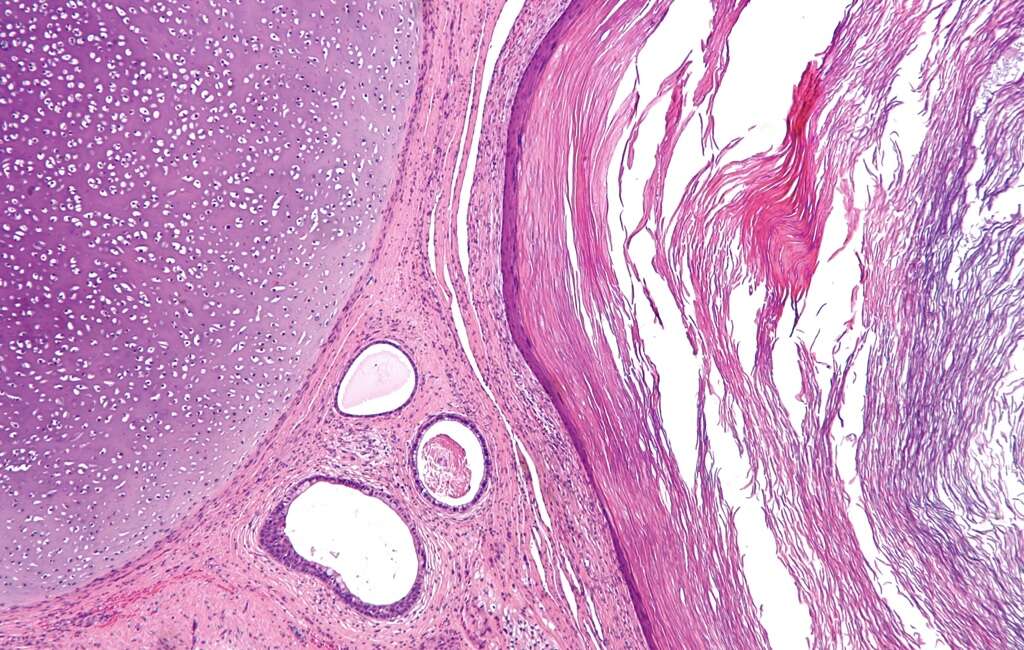
Cause #7: Exposure to Pollutants
A pollutant refers to an energy or substance introduced into the environment that leads to undesired effects. It can cause both short- or long-term damage by interfering with health or affecting other plants and animals.
It has been noted that exposure to pollutants such as pesticides, disinfection by-products in drinking water, hazardous waste, fumonisins, and electromagnetic fields possibly increases the risk of having a child with myelomeningocele.

Cause #8: Currarino Syndrome
Currarino syndrome or triad is a condition where there are multiple congenital anomalies. The classic triad include anal atresia, presence of pre-sacral mass (meningocele or teratoma), and partial agenesis of the sacrum.
It has also been associated with gynecological malformation, renal malformation, Hirschsprung disease, pelvic abscess, and urinary incontinence. It has an autosomal dominant pattern of inheritance. This syndrome has been reported to be a cause of spina bifida due to the characteristic presence of a meningocele.
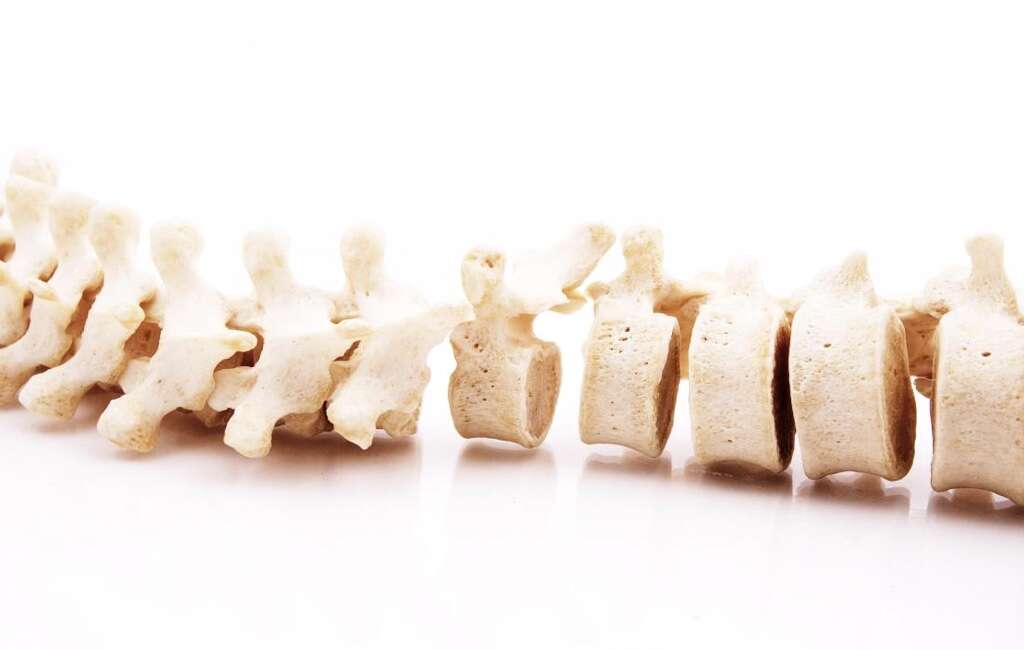
Cause #9: Hyperthermia
Hyperthermia describes elevated body temperature due to the failure of thermoregulation leading to extreme elevation of temperature. It is considered to be a medical emergency as it can lead to disability and death. The commonest causes of hyperthermia include side effects of medications and heat stroke.
Patients with hyperthermia will exhibit rapid breathing, heavy sweating, tachycardia, hot skin, and a weak pulse. Hyperthermia has been identified as a risk factor for spina bifida in women who are pregnant. It can occur due to the use of hot tubs, saunas, tanning beds, or febrile illness.
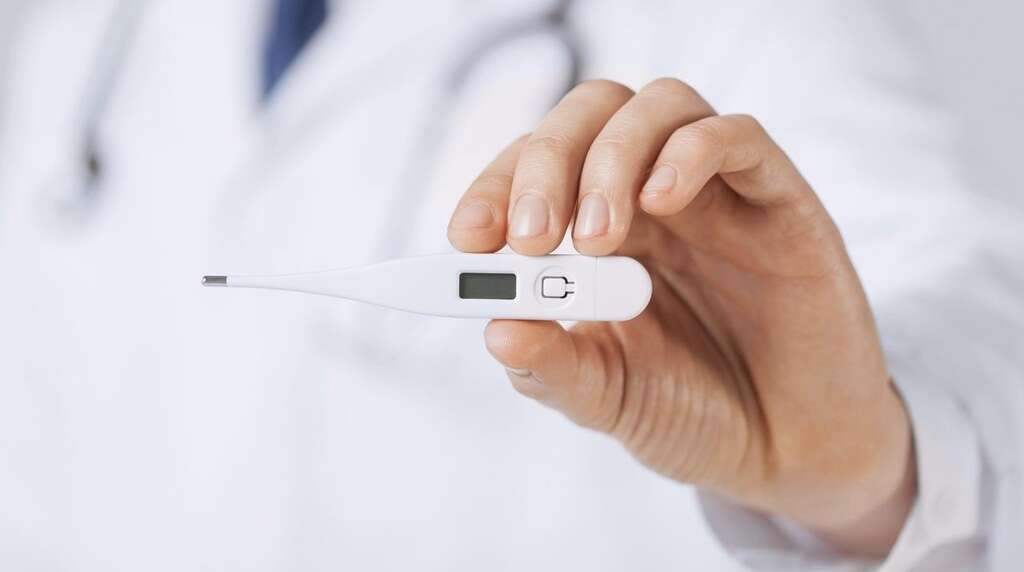
Cause #10: Chromosomal Abnormality
Chromosomal abnormality occurs when there is an extra, irregular, or missing portion of chromosomal DNA. It can be confirmed through genetic testing. It usually occurs if there is an issue with cell division after meiosis or mitosis. A simple example of chromosomal abnormality is Down syndrome where there is an extra copy of chromosome 21. This is why this disorder is also known as trisomy 21.
Chromosomal aberrations have been considered to be a possible cause for spina bifida. Experts have observed that up to 10 percent of fetuses with a neural tube defect have a chromosomal abnormality. The associated abnormalities are triploidy, single-gene mutations, and trisomies 13 and 18.





